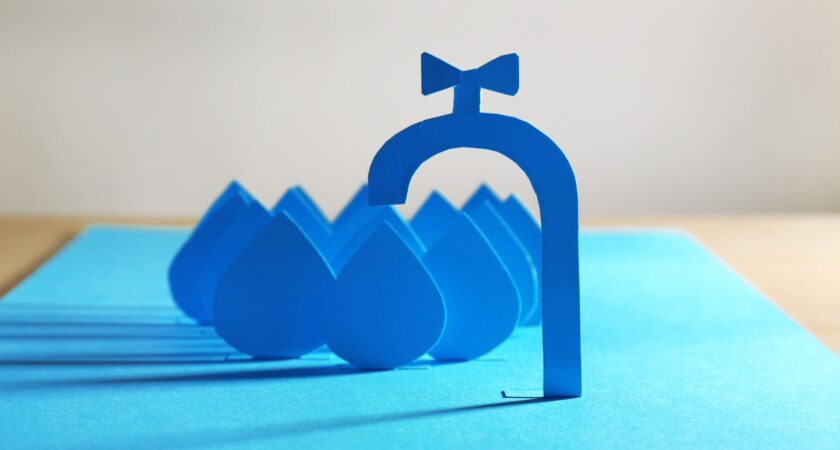Water is a precious resource, yet many of us take it for granted. That’s why it’s important to understand what a water footprint is and why reducing it is so vital.
Join the workshop: How Our Food Moves Water Around the Planet (MS/HS).
What is a water footprint?
A water footprint is the total amount of freshwater used to produce all the goods and services we consume daily. This includes the water used for growing food, generating electricity, manufacturing products, laundering clothes, etc. It also takes into account how much water has been polluted from these activities, which can cause issues like algae blooms and river eutrophication.
Understanding our water footprint can help us identify areas where we can reduce our reliance on this limited resource by making smarter decisions about what we buy and how we use it. It also brings awareness to how our actions may be impacting local ecosystems and wildlife that rely on clean water sources and how we can make positive changes to help conserve this valuable resource.
We can significantly reduce our individual and collective water footprints by making conscious choices such as more sustainable options when purchasing food or using fewer disposable items like paper towels or plastic bottles. We can also find ways to use less water at home by installing low-flow faucets or using rain barrels to capture rainwater for outdoor activities instead of relying on municipal supplies.
Reducing our water footprint helps protect freshwater resources both locally and abroad while promoting economic efficiency – so let’s start taking steps today!
Every individual can play an important role in reducing their water footprint.
Here are 10 tips on how to take small steps to limit your water usage:
1. Install low-flow faucets and showerheads to use less water when bathing or washing dishes.
2. Use rain barrels to store rainwater for outdoor activities such as watering plants instead of relying on municipal supplies.
3. Reduce food waste by only buying what you need and composting organic materials instead of throwing them away.
4. Opt for more sustainable foods such as grains, beans, locally sourced produce, etc., which require less water to produce than animal-based products like beef or dairy.
5. Choose reusable containers and utensils over disposable items whenever possible – it’s better for the environment and saves you money too!
6. Fix any leaks in pipes, fixtures or appliances as soon as they occur since even a small leak can add up to gallons of wasted water over time if left unaddressed.
7. Conserve energy by taking shorter showers and turning off lights when you don’t need them so that less energy is needed for power plants that may be dependent on freshwater sources for fuel production.
8. Reuse clothes washes where possible instead of setting a new wash every time – just check the instructions on the detergent bottle before doing this!
9. Buy products with labels indicating their efficient use of water such as Energy Star-certified dishwashers or Energy Star-rated appliances and lighting fixtures which have been proven to reduce energy consumption without sacrificing performance or quality results.
10. Educate yourself about issues related to water conservation so you can make smarter decisions now that lead to better impacts in the future!

